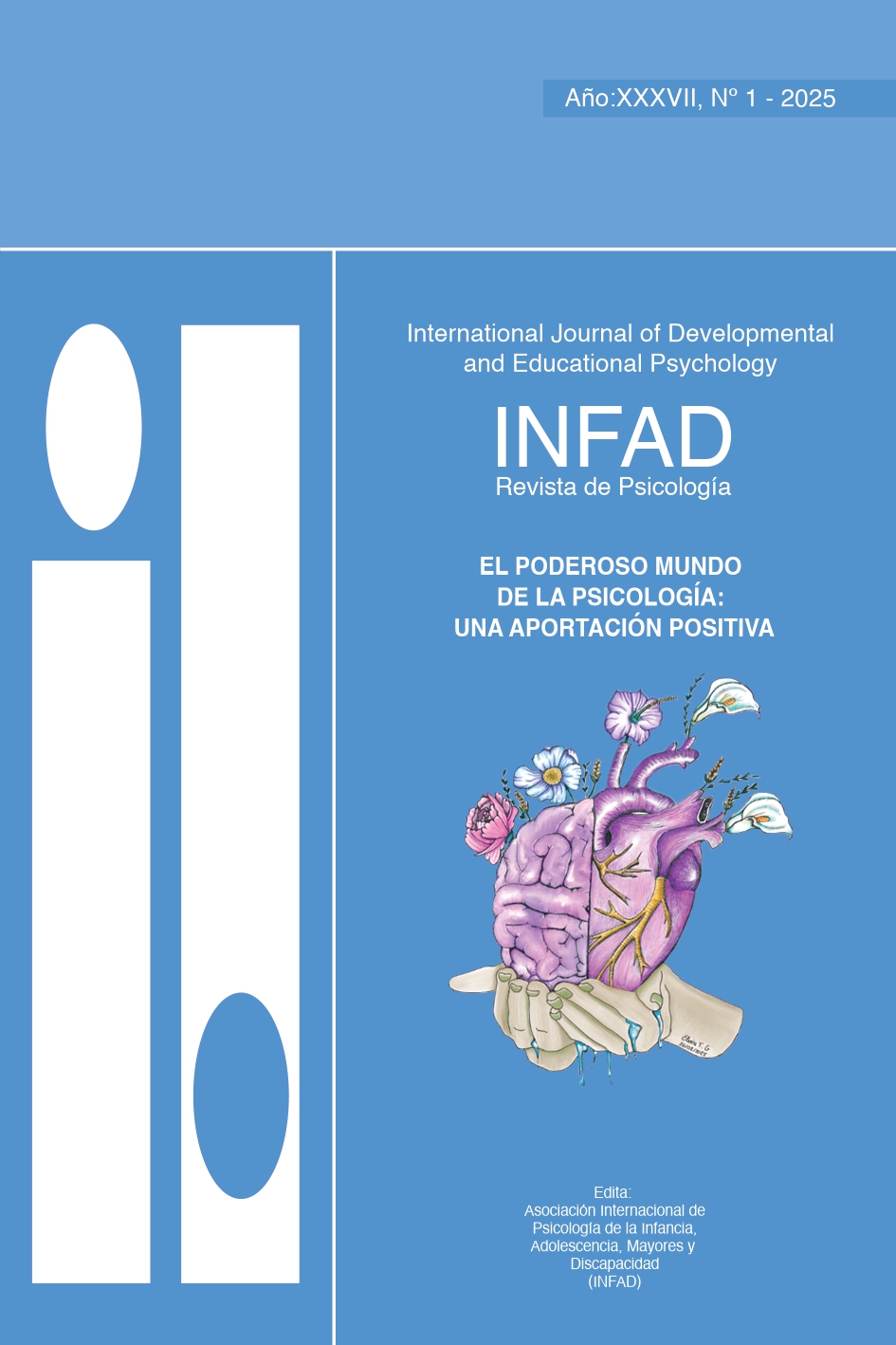Inclusive educational spaces
Main Article Content
Abstract
Both statistical evidence and everyday experience highlight the growing diversity within the general population, a reality that is clearly reflected in the various components of the school environment. In previous research—“School Adaptation in Early Childhood Education of Adopted Children” (Labuiga, I., 2011) and “Family Diversity in Early Childhood Education” (Labuiga, I., 2021)—we observed that both families and students exhibit increasing diversity. Through qualitative interviews, we gathered valuable insights from members of the educational community, including teaching staff, families, school management, dining hall personnel, and students themselves. The findings led us to conclusions that informed a series of recommendations aimed at enhancing educational practice. These proposals addressed both pedagogical work within the classroom and the roles and participation of families in school life. We approached these studies from a qualitative research perspective, grounded in inclusive and intercultural educational frameworks. Indeed, diverse family structures are inherently linked to a diverse student body. However, inclusion does not imply providing the same for everyone, but rather responding to individual needs appropriately. Beyond classroom instruction, schools consist of other essential everyday spaces that also contribute significantly to the educational experience. These include elements such as furniture, the school dining area, the playground, hallways, and the school entrance—spaces which we now propose to examine through the lens of inclusive education.
Article Details
Section

This work is licensed under a Creative Commons Attribution-NonCommercial-NoDerivatives 4.0 International License.
Attribution — You must give appropriate credit, provide a link to the license, and indicate if changes were made. You may do so in any reasonable manner, but not in any way that suggests the licensor endorses you or your use.
NonCommercial — You may not use the material for commercial purposes.
NoDerivatives — If you remix, transform, or build upon the material, you may not distribute the modified material.

This work is licensed under a Creative Commons Attribution-NonCommercial-NoDerivatives 4.0 International License
How to Cite
References
Alonso Sanz, A. (2016). Factores estéticos determinantes de la calidad y el confort en el aula de Infantil. Revista electrónica interuniversitaria de Formación del Profesorado, 19(3), 53-65. http://dx.doi.org/10.6018/rei-fop.19.3.267241
Alvarez,M.L. (2018). La educación nutricional en la escuela . Eduksano/ ARVI.org. https://www.arvi.org/eduksano
Brofenbenner, S. (1.987). Brofenbenner y la teoría del modelo ecológico y sus sistemas . Teorías del Desarrollo Humano. Word press.com 2012/04, dibujo. j.p.g psicopedagogía-aprendizaje ucfile.
Cagilari, Paola, Castaguetti, M., Giudici, C., Rinaldi, C., Vecchi, V. y Moss, P. (2017). Loris Malaguzzi y las escuelas de Reggio Emilia. Una selección de textos y discursos de 1945 a 1993 Morata y MEC
Cole, M. (1984). La zona de desarrollo próximo: donde la cultura y el conocimiento se generan mutuamente. Infancia y Aprendizaje, 25, 3-17. 10.1080/02103702.1984.10822018.
Echeita, G. (2006). Educación para la inclusión sin exclusiones . Madrid: Narcea
Issó García, D. (2012). La participación de la familia en la escuela pública española. Tesis doctoral. Universidad de Granada. Departamento de Sociología.
Labuiga Tomás, I. (2011). La adaptación escolar en educación Infantil de los niños adoptados. Propuestas Inclusivas e interculturales. Departamento de Educación. Universidad Jaume I. Castellón
Labuiga Tomás, I. (2021). La diversidad familiar en Educación Infantil. Propuestas inclusivas e Interculturales. Departamento de Educación. Universidad Jaume I Castellón.
Loughlin, C.E., Suina, J.H. (1990). El ambiente de aprendizaje: Diseño y organización . Col: Educ. Infantil y Primaria. Madrid: Morata, S.A. y MEC.
Sales Ciges, A. (2.013). Educación Intercultural: la diversidad cultural a la escuela . Servicios de Publicaciones de la Universidad Jaume I Castellón.
Skliar, C. (2017). Pedagogías de las diferencias . Barcelona. Graó.
Vygotsky, L.S. (1986). Thougth and language. Cambridge: The MIT Press.

